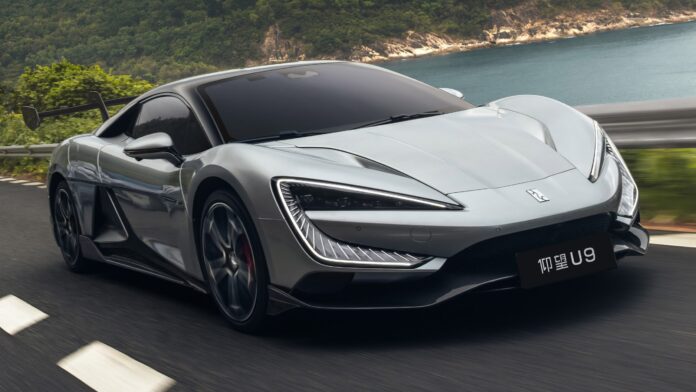China, a hotbed of electric vehicle innovation, is considering new regulations that could significantly impact the thrilling acceleration performance of its cars. A draft of the “Technical Specifications for Power-Driven Vehicles Operating on Roads” proposes a default mode for all passenger vehicles requiring at least five seconds to reach 62 mph (100 km/h) from a standstill. This restriction would apply to every new car sold in China, regardless of whether it’s powered by gasoline or electricity.
This proposed change marks a departure from the existing GB 7258-2017 standard, which lacked such limitations. The new draft stipulates that upon starting the engine, vehicles should automatically enter this “restricted acceleration” mode unless the driver manually overrides it. Think of it like an Eco setting found in many EVs today – a software-controlled mechanism that limits power output for efficiency. Drivers would need to repeat this override each time they turn on their car.
While similar regulations exist in Europe, those primarily focus on speed limit warnings rather than outright restrictions. The potential Chinese rule, however, would directly curb the explosive acceleration now characteristic of many electric cars. This move has significant implications for China’s burgeoning EV market. Super-fast EVs like the Xiaomi SU7 Ultra (capable of hitting 62 mph in a blistering 1.98 seconds) or the Tesla Model S Plaid (achieving the same speed in just 2.1 seconds) would all be affected, albeit temporarily until the driver selects a performance mode after startup.
The rationale behind this proposed change isn’t solely about taming electric car speeds. The “Safety Specifications for Power-Driven Vehicles Operating on Roads” draft also introduces another rule aimed at curbing speed in longer vehicles – those measuring 6 meters or more in length. These behemoth cars would require an overspeed alarm system that sounds visual and/or audible warnings if they exceed 62 mph (100 km/h).
Together, these draft regulations suggest a broader Chinese initiative to manage vehicle behavior on its roads, prioritizing safety concerns as the nation navigates the rapid rise of powerful electric vehicles.
While the full impact remains unclear until the final regulations are implemented, one thing is certain: this proposed shift could temper the electrifying acceleration that has become a hallmark of modern EVs in China.


























